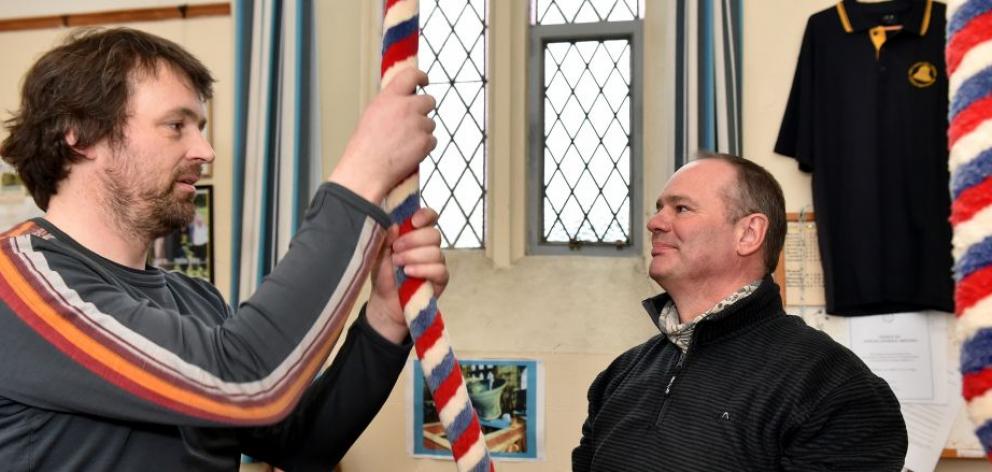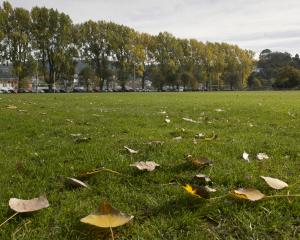
Because of the way they were installed, their peals tend to be on the quiet side, which meant Dunedin's only change bells were more obscure than they might be, First Church bell ringers master Nick Phillips said.
Low volume had its useful side - few noise complaints. But it meant when there was something to celebrate - such as the arrival of the albatrosses - few outside the immediate vicinity heard them.
On a good day, the sound travelled further. Tourists in the Octagon had been known to mistake the peals as emanating from St Paul's Cathedral, which has no change bells.
The bells - 12 in total, including eight change bells and four extra for the carillon - were manufactured in London at the Whitechapel Bell Foundry.
It is unusual for Presbyterian churches to have change bells, which are associated more with the Anglican Church.
Putting them into the historic church in 1975 was a complex job, Bob Bennett (84) recalled. Mr Bennett had travelled from Christchurch for the anniversary.
The experienced bell ringer had helped supervise the installation. The weight lifting club helped, carrying the lighter bells up the stairs.
Bigger bells were winched over the church balcony. Mr Phillips said the bell ringer group had about 20 members, and was looking for more. Anyone was welcome and they did not need to be a church goer.
Traditionally, bell ringers were very separate from the congregation, and that was the case in Dunedin.
After their Sunday session finished, the bell ringers filed away while parishioners were entering. Some would head to their own church to attend a Sunday service.
Bell ringing was a social pursuit, particularly in England, where it was much more common. In England, it was not unusual for bells to be 500 years old.
The challenge of bell ringing was both physical and mental. Training was important, because the bells' structure could be damaged by poor technique.
Once the basic skill was mastered, there were endless patterns to memorise. With eight bells, more than 40,000 combinations were possible.












